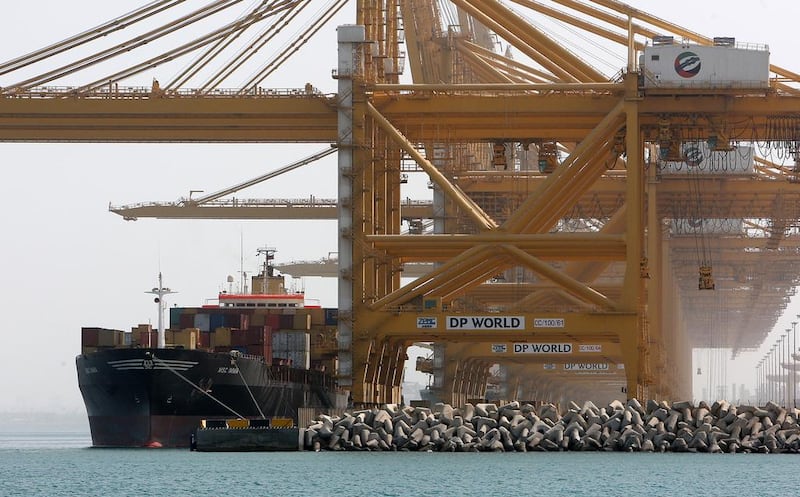Dubai is still able to pay its debt overhang that sits at about 129 per cent of GDP, but risks remain including tighter government finances and liquidity.
A report published last week by the Securities and Investment Corporation (Sico), based in Bahrain, stated that Dubai has US$51 billion in debt due to mature between this year and 2018, with $20bn of this debt owed directly by Dubai’s Government to the Abu Dhabi Government and the UAE Central Bank due in 2018.
However, this only makes up about 20 per cent of the total exposure the wider “Dubai Inc” bodies, which include government-related entities (GREs) such as Investment Corporation of Dubai, Dubai Holding, Dubai World and their subsidiaries, held at the end of last year, according to the Sico report, which was based on an analysis carried out by the IMF last month. Dubai Holding, for instance, currently has outstanding debt of $16.5bn, $6.6bn of which matures this year.
“Going forward, Dubai’s debt appears to be better positioned to weather shocks but potential risks exist, and there is an immense need for close monitoring,” the Sico report said. It added that GREs “could be affected by tighter government finances and tightening liquidity, which may ultimately result in releveraging and higher financing costs”.
Debt owed by 53 GREs across the UAE equates to about 132.5 per cent of the country’s GDP, although there are other GREs for which financial information is not available, according to the IMF. The fund said that although GRE debt is now higher than in the aftermath of the financial crisis, when it stood at 108.7 per cent in 2010, GREs have strengthened their finances over the past few years and are in a better position to repay, especially in Abu Dhabi. As a percentage of GDP, Dubai GRE debt stood at 69.6 per cent last year, down slightly from 69.9 per cent in 2010. Abu Dhabi GRE debt has dropped to 27.4 per cent of GDP, from 48.7 per cent in 2010.
Farouk Soussa, the chief economist for the Middle East at US bank Citi, said it expected the $20bn owed by the Dubai Government and due in 2018 to be “fully rolled over”.
Other government bond repayments are being made through scheduled repayments at a rate of about $3.5bn a year over the next five years, he said.
“We do not envisage any particular difficulties in managing this through a combination of repayments and refinancing,” he added.
The main risk to the UAE’s economy was that indebted GREs seeking new funding could “crowd out” the private sector at a time when government transfers to them have reduced as a result of lower oil prices, he said.
“GREs could begin to borrow more heavily, reducing the availability of funds to other companies, raising rates and leading to generally tighter financing conditions,” Mr Soussa said. “At a time when public policy is being directed towards promoting diversification via the private sector, this would be counterproductive.”
The IMF’s report also warned that for some GREs, the ability to service higher levels of debt is still relatively low – especially when compared with private sector counterparts. It said a global downturn and a real estate shock could lead to governments having to support GRE debts, which would weaken their own balance sheets.
However, the UAE is still among the top countries in the world in terms of net financial assets as a result of major holdings in its sovereign wealth funds, the IMF said.
mfahy@thenational.ae






